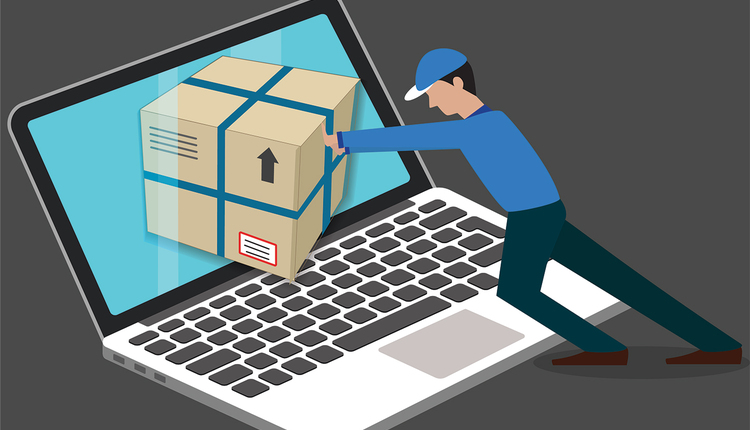This article originally appeared in the May/June, 2018 issue of PARCEL.
Remember the shopping experience of old? Make yourself presentable, get in the car, drive to multiple locations – maybe even try on a few things, and then make your way to a line of people waiting to reach the cash register.
Fast forward to today. While still in your PJs, you can tap a screen or give a verbal command (“Hey Google – order me those shoes I searched yesterday, and make it snappy!”), and a retail order will be heading to your doorstep in less than two days. No need to change clothes, start the car, or even get out of bed (well, that is technically true… but let’s not get carried away)!
Few people stop to give any thought as to how this “magic” process occurs, but for those of us behind the scenes, we know it’s complicated. And now, thanks to the rapid growth in technology, consumers are gaining even more power, while ironically making less and less effort. As expectations rise, so too do the challenges in the fulfillment process.
So, what are brands, e-commerce retailers, and multichannel marketers to do in order to keep up with the Joneses? Unfortunately, there’s no one-size-fits-all approach. Here are a few trends to keep an eye on as the retail supply chain continues to chase the ever-growing demand of the multichannel buyer.
Positioning
Companies must be able to adapt to multichannel sales while also getting product out the door quickly and cost-effectively. Retail supply chains must process orders rapidly, and their locations should fall within close range to the majority of their customers to lower transit time, which in turn also reduces shipping costs.
Most merchants simply don’t have enough distribution centers (DCs) to cover a large geography. Having multiple, strategically located DCs allows merchants to reach the majority of their customers within an acceptable amount of time (although even this is subjective and varies). For example, incorporating just two facilities in optimal locations can achieve a two-day ground transit to over 90% of US households. Those without enough DCs (or sub-optimally positioned DCs) will be burdened with the costs of express and priority shipping if they are to meet the demands of today’s consumer.
Meeting Customer Expectations
We all know that treating the customer right doesn’t just fall on the merchandising and marketing teams. The fulfillment of the orders and trust in the performance of this process often trumps price. Tools, including order management systems (OMS), warehouse management systems (WMS), shipping execution systems (SES), and the integration of them all play a vital role in a successful order experience. It’s important to realize that these tools are ever-changing and evolving. Merchants (or their 3PLs) must continuously reinvest in these technologies to maximize the potential.
The Rise of the Robots
As costs and the availability of labor continue to challenge fulfillment operators, mechanization, automation, and artificial intelligence (AI) will play an ever-increasing role in the future distribution center. A quick web search of supply chain technology trends will lead you to headlines regarding automated trucks, delivery drones, 3D printers, and robots that pick and pack. While these are all exciting technologies, many are still in their infancy and will both improve and become less expensive over time.
Merchants, and especially their 3PLs, should be following these technologies closely and be ready to act when the numbers pencil out. This being said, caution should be exercised not to lose focus on the fundamental technology functions like having a good OMS, WMS, and SES/TMS.
Business Intelligence Tools Are Crucial
Information is critical to making good decisions and improving the execution of order fulfillment. To stay ahead of the curve, merchants and their 3PLs need to leverage the data. This can be done with Business Intelligence (BI) tools that allow the merchant to slice and dice data in order to learn about their customers, order trends, operational metrics, and so much more. The more sophisticated the toolset, the more empowered the decision makers will be.
The growth of e-commerce has been explosive and shows no signs of slowing down in the near future. Support for this growth means that merchants and fulfillment providers have to remain responsive, flexible, and willing and able to meet the changing demands of the marketplace. It’s definitely an exciting time to be involved in this industry.
Ayal Latz is President of a2b Fulfillment, a third-party logistics service whose solutions are designed to improve the customer experience while reducing operating costs through a variable model. Visit www.a2bf.com for more information.














